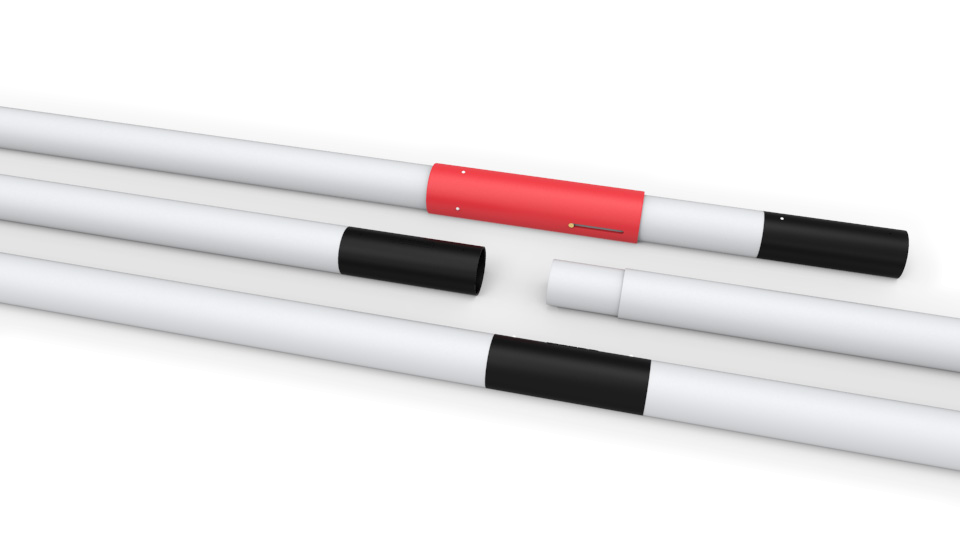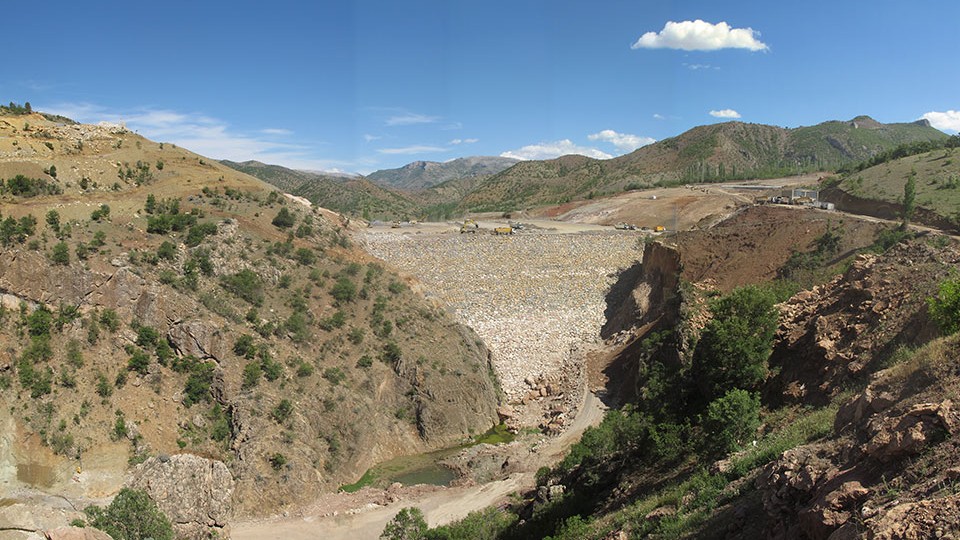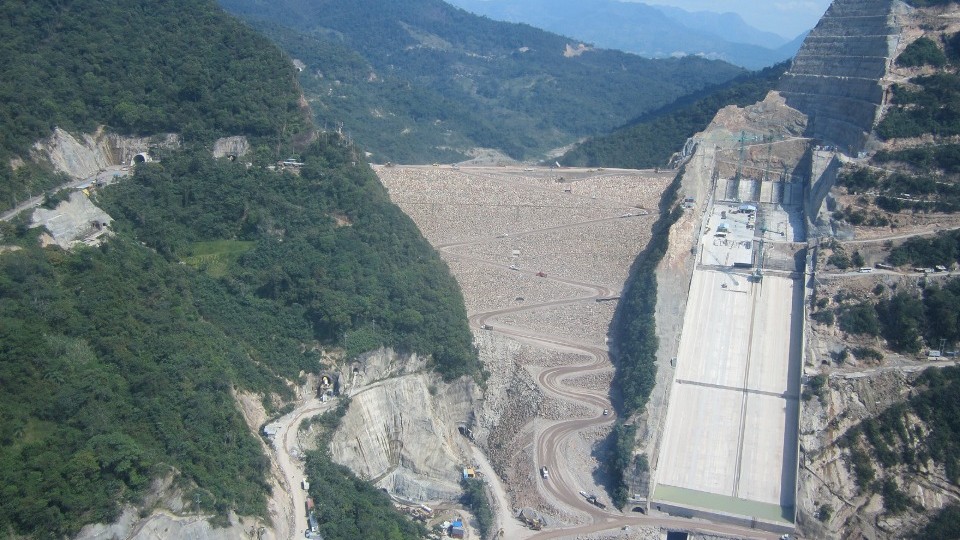Forrestfield Airport Link

“The $1.86 billion Forrestfield-Airport Link is jointly funded by the Australian and Western Australian governments and will deliver a new rail service to the eastern suburbs of Perth – with three new stations at Belmont, Airport Central and Forrestfield.The rail link will connect with the existing Midland line near Bayswater Station and will run to […]
Tube inclinométrique à raccords lisses

Codes de référence: S141 Le tube inclinométrique est un tube à 4 rainures intérieures longitudinales, généralement installé dans un forage, utilisé en association avec des systèmes inclinométriques afin de surveiller les mouvements horizontaux du sol. Le tube inclinométrique de type Flush (i.e. lisse sur sa face externe) est un tube spécial, usiné à son extrémité […]
Rome Underground – Line C – Italy

Rome metro Line C runs through the city from North-West (Della Vittoria district) to the eastern suburb and is extending beyond the Grande Raccordo Anulare.Line C has a full-run of 25,6 km and 30 stations, passing through the old town centre.The Route will be characterised by the green colour. The interchanges with the other metro […]
Avshar Hadimi Dam – Turkey

Avshar Hadimi Dam, Avshar Region, Turkey
The new Panama Canal

The project for the enlargement of the Panama Canal is nowadays considered one of the most important civil engineering works. The project includes the building of two new series of gates, on both the Pacific and the Atlantic side, to respond in a suitable and efficient way to the development of the maritime transportation industry. […]
Sogamoso hydroelectric project – Colombia

Sisgeo worked on the hydroelectric project on Sogamoso river, through Monitoriza, a company of Sisgeo group. Sisgeo supplied and installed all the equipments necessary for this project, located in the north-western area of Colombia, at about 40 km from Bucaramanga. The project concerns the building of a dam 190mt high and 300mt long, of a […]
Monitoring works for the 2014 Sochi Winter Olympic Games – Russia

Sisgeo, thanks to the collaboration with its Russian partners AGT Systems and GPIKO, furnished and installed all the equipments necessary to monitor the most important road and railway works that are under construction in Sochi area, that is the neural centre of 2014 Winter Olympics.The monitored works are: retaining walls for the protection of roads, […]
El Quimbo Hydroelectric project – Colombia

Impregilo is realising in Colombia the hydroelectric power plant of El Quimbo on Magdalena river (in Huila region), on behalf of EMGESA, that is the biggest electric company of the country. The agreement is worth about 250ml of euro. The power plant will have an installed capacity of 400MW. The project includes the building of […]
Molunghi landslide monitoring, Italy

Study and monitoring of Molunghi landslide The monitoring project of Molunghi landslide is the result of the cooperation between the Comune di Calice al Cornoviglio and the Road Department of La Spezia Province and it is began in consequence of the instability of both the provincial street and part of Monlunghi di Mezzo inhabitat during […]
FAQ#036 – Quel est le bon mélange pour réaliser le coulis d’un tube inclinomètre?
Il n’existe pas de règle stricte pour chaque type de sol. Cela dépend de nombreux facteurs qui peuvent varier dans chaque situation géologique et géotechnique. Dans tous les cas, le coulis utilisé doit avoir un comportement approchant celui du sol, même s’il n’est pas vraiment possible de faire correspondre leurs caractéristiques parfaitement, en particulier si […]
FAQ#026 – Que peut-on faire lorsque le tube inclinomètre « flotte » et remonte pendant l’installation?
Si le tube, même rempli d’eau, est plus léger que le coulis de ciment injecté, l’effort d’arrachement du coulis varie avec la hauteur de la colonne de coulis. Si la colonne est courte, l’effort d’arrachement est faible et le tubage peut être maintenu en place par son propre poids avec une très petite force vers […]
FAQ#023 – Pour obtenir les meilleurs résultats avec un inclinomètre, le forage doit-il être très proche de la verticale?
Le forage doit être effectivement foré le plus proche possible de la verticale. Cependant, un écart de 2 à 3 degrés par rapport à la verticale est normalement toléré.
